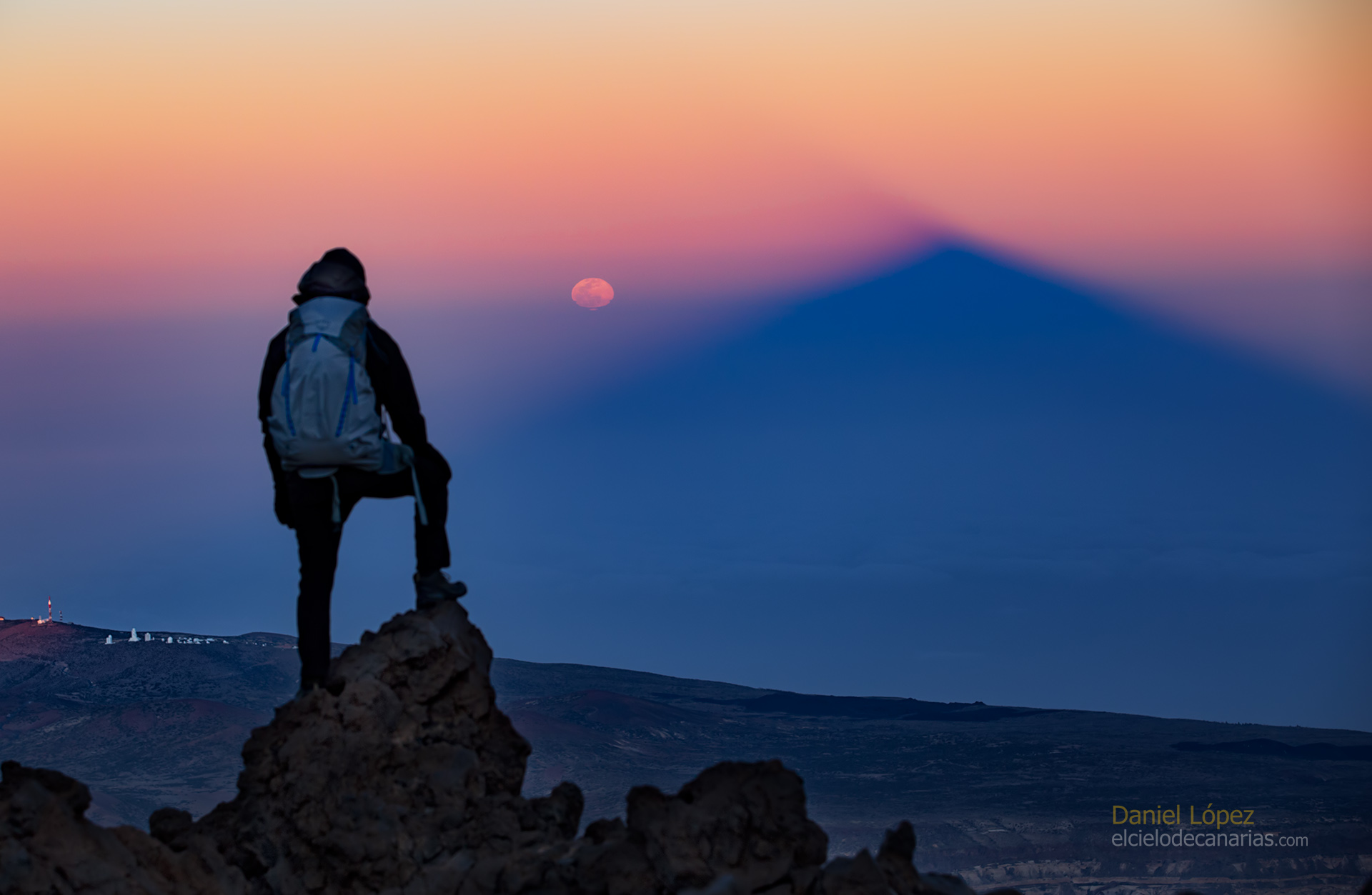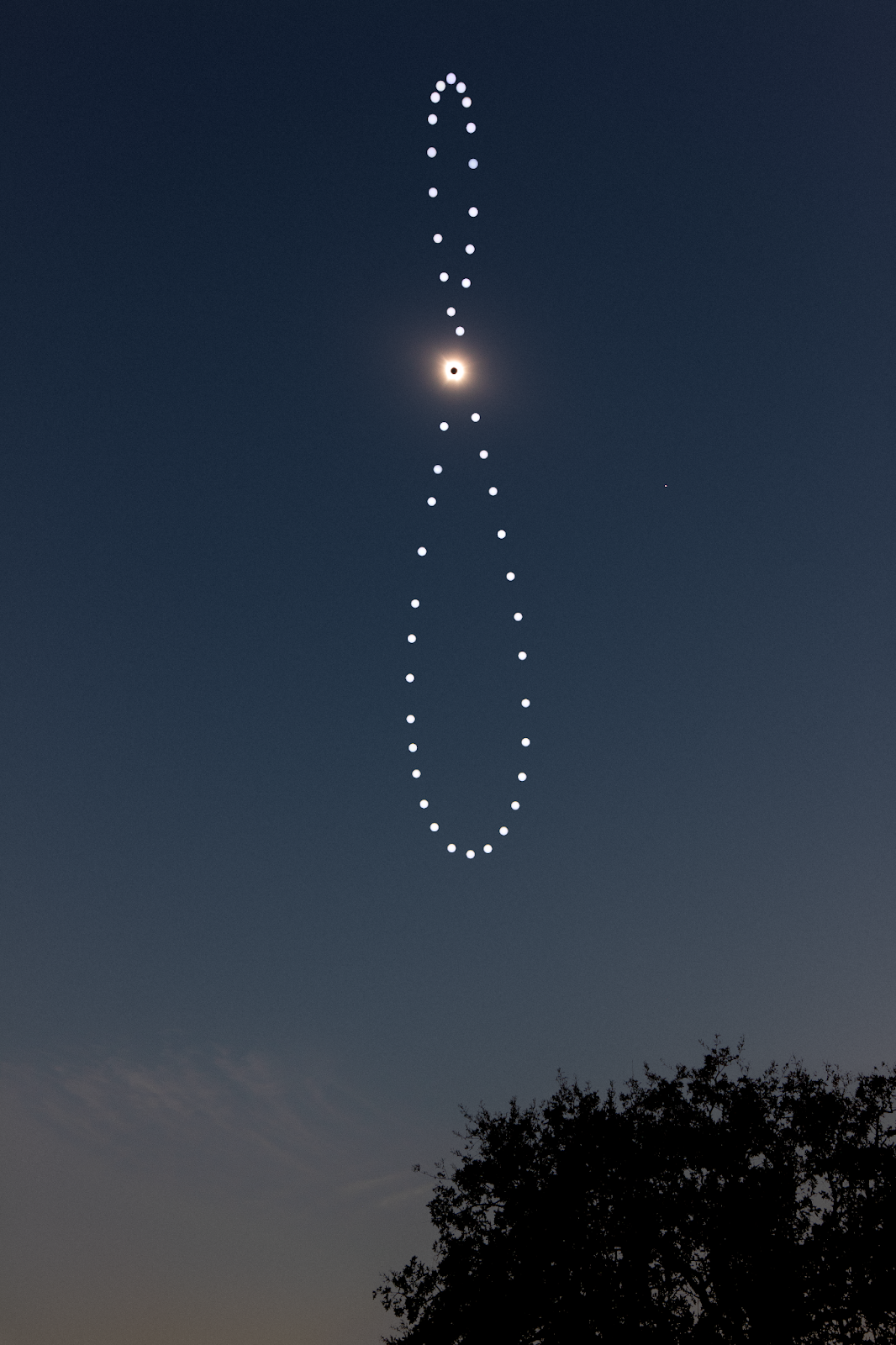Dukasaur wrote:Technically right on the edge of the outer zone. If we had clear skies, might just see a tiny sliver of effect. But there's a big cloud over us this weekend which will probably render it moot.
Indeed, clouds RUIN the best-laid plans of Astronomers.
When I saw the rings of Saturn and the 4 main moons of Jupiter some 15-20 years ago (in 2007 or so) with my own eyes and using someone's telescope, I was told that the members of the local Astronomy group had set up TWO previous dates and were "clouded out" due to overcast skies. I got lucky that the ONE time I went, that the clouds did not interfere.
There were 3 telescopes, one on Jupiter, one on Saturn, and one electronically controlled devices fixed on a very distant nebula. That was a cool electronic machine (taking into account the rotation of the earth and having an auto find feature), but I saw nothing, probably in part that I wear glasses (or contacts). Removing my glasses that night did not help.
My viewing of the 4 main moons (Io, Ganymede, Europa, and Callisto) of Jupiter and the rings of Saturn was VERY SIGNIFICANT for me. That is what Galileo saw with his telescope in 1610 or so. This was part of the Scientific Revolution supported by Galileo (started, basically, by Copernicus) that was helio-centric and contractory to the prevailing Ptolemaic (geocentric) model of the Universe. Those sightings are VERY important in the History of Science. Galileo wrote about them in his 1610 book the Starry Messenger (Siderus Nuncius).
....I was praying more for Nostradamus' prediction....3797 A.D.......
ConfederateSS.out!(The Blue and Silver Rebellion)...


















































































